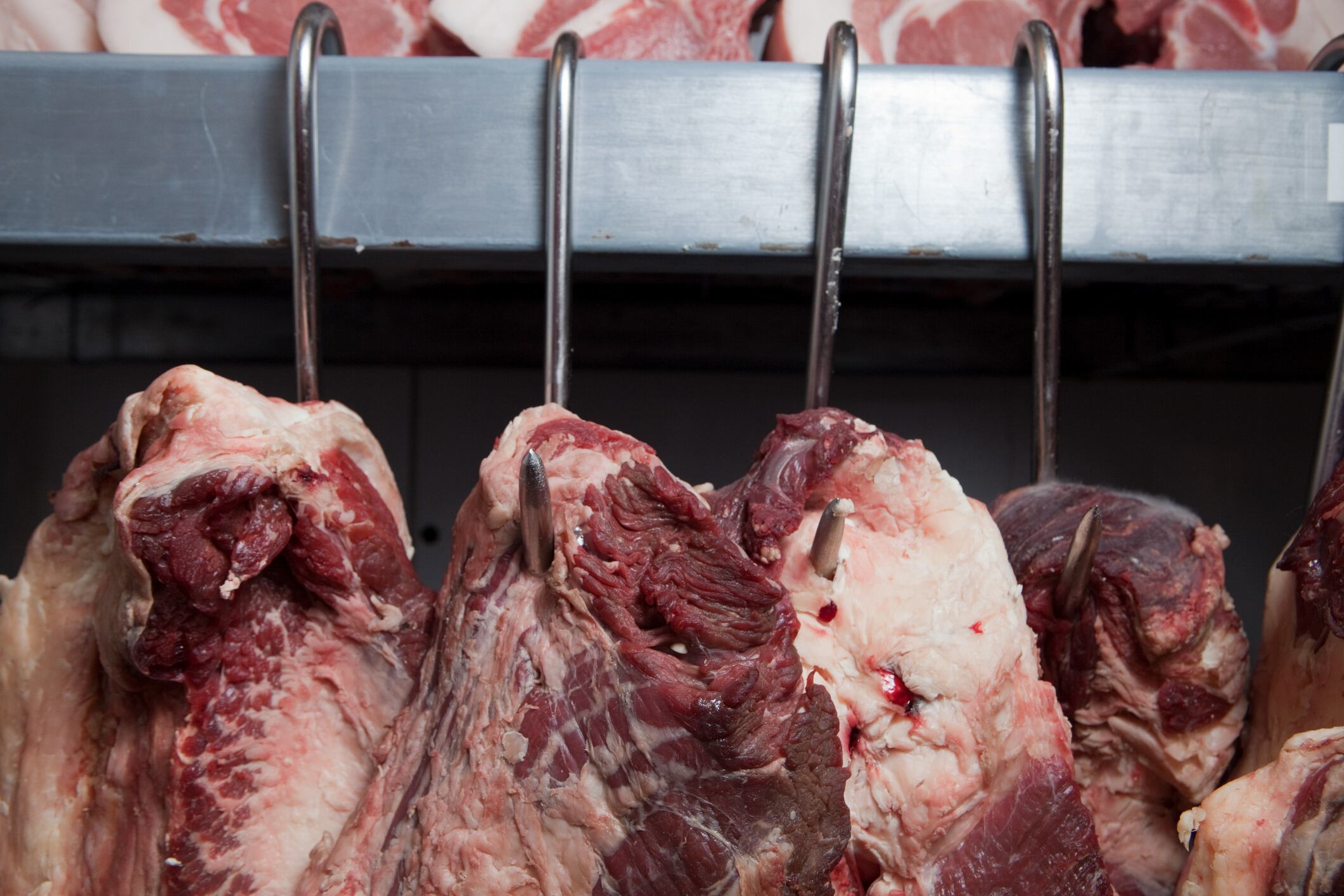In March 2017, the US, Hong Kong and China implemented temporary bans on Brazilian beef imports after prosecutors from 'Operation Weak Flesh' – raids launched across six Brazilian states after a two-year of investigation by Brazil's Federal Police – said health inspectors had taken bribes to approve sub-standard meat. More than 30 companies were accused of a number of unhygienic practices; amongst them were major meat producer BRF and JBS the largest beef exporter in the world.
Despite this, Brazil, the world's largest beef producer exporting around 2 million tons a year, posted a steady rise in export volumes – up 9% compared to 2016 – and the first quarter of 2018 was off to a strong start with beef export volumes up 20% on Q1 2017, according to Rabobank Brazil.
Most of Brazil's beef was exported to Hong Kong – which imported 68% more beef compared to Q1 2017 and China, which increased volumes by 32%.

Adolfo Fontes, senior economic analyst for animal protein at Rabobank Brazil, said the country was still an extremely competitive beef producer.
“The country is a huge producer of beef and considering the cost of production in the country, it's competitive in those terms. It's also because of the volume frequency that we can deliver to the market. Brazil is the main player with these characteristics – a big player that can deliver frequent, big volumes of beef at good prices,” Fontes told FoodNavigator-LATAM.
“...And it's important to mention that China is quite a new destination for Brazil because Brazil gained access to the Chinese market in 2015 and is now the main supplier of beef to China, which is a big deal considering there is a lot of competition from Australia, especially, and also Argentina.”
New markets, new messaging
However, Fontes said as beef producers in Brazil looked to expand further into international markets like Canada, Japan and South Korea there was a need to improve the image of Brazilian beef.
“The marketing of Brazilian beef in international markets needs to improve a little bit in the coming years, in order to pen new destinations. Globally speaking, if we compare the Brazilian brand as a producer to Australia or even Argentina, Brazil is still considered a country that could improve quality in order to meet the competition,” he said.

And much of this, he said, was directly related to the corruption scandals of 2017.
“It's important to know this was related to corruption, not quality, and Brazil is working against this kind of situation to improve and become a stronger player in the coming years. The challenge is to tell this story to the international market and show what we're doing in terms of quality and production,” Fontes said.
One significant opportunity for Brazil's beef sector was to tell more of a story around the sustainability of Brazil-grown beef, he said. “We still have 65% of our country covered with native vegetation, I don't think much of the world knows that. And Brazil is the largest beef exporter; the largest sugar cane exporter; the largest soybean exporter and so on, and we're doing a very good job in terms of sustainability. The integration between crop and livestock in Brazil is happening at a very good pace.
“...Of course, this is not the whole production system in the country, we still have some challenges, but this would be my guess in terms of how you could sell Brazil's product better in the international market.”
This messaging, however, had to be collaborative – involving producers, authorities and associations, he said, which was the biggest challenge.
“Brazil needs to better organize its supply chain in order to better communicate with the consumer, not only for international consumers but domestic also.”
Sustainable reach, domestic premiums
Increasing beef productivity in Brazil could also be done in a sustainable manner, Fontes said, as it didn't require increased land use or larger herd numbers, if anything, the opposite because 90% of Brazil's beef cows currently grazed on grass and these could be brought into feed lots freeing up arable land space for crops.
“I think that the big opportunity here is the fact we can increase production without having to increase herds and land use. We usually say we can increase production without having to cut a single tree.”
Beyond international expansion, Fontes said Brazil's beef sector could also look to secure more premium, domestic business.
Currently, Brazil imported premium beef cuts 'Picanha' – the favored choice for barbecues – from Argentina and Uruguay, which represented about 1-2% of domestic consumption, he said.
“It's a small market but it's still a very important place that companies are trying to increase sales in.”
